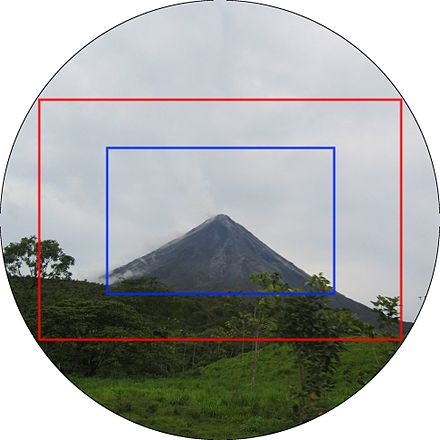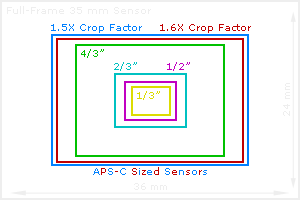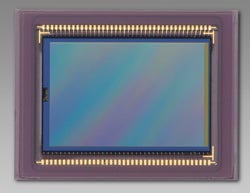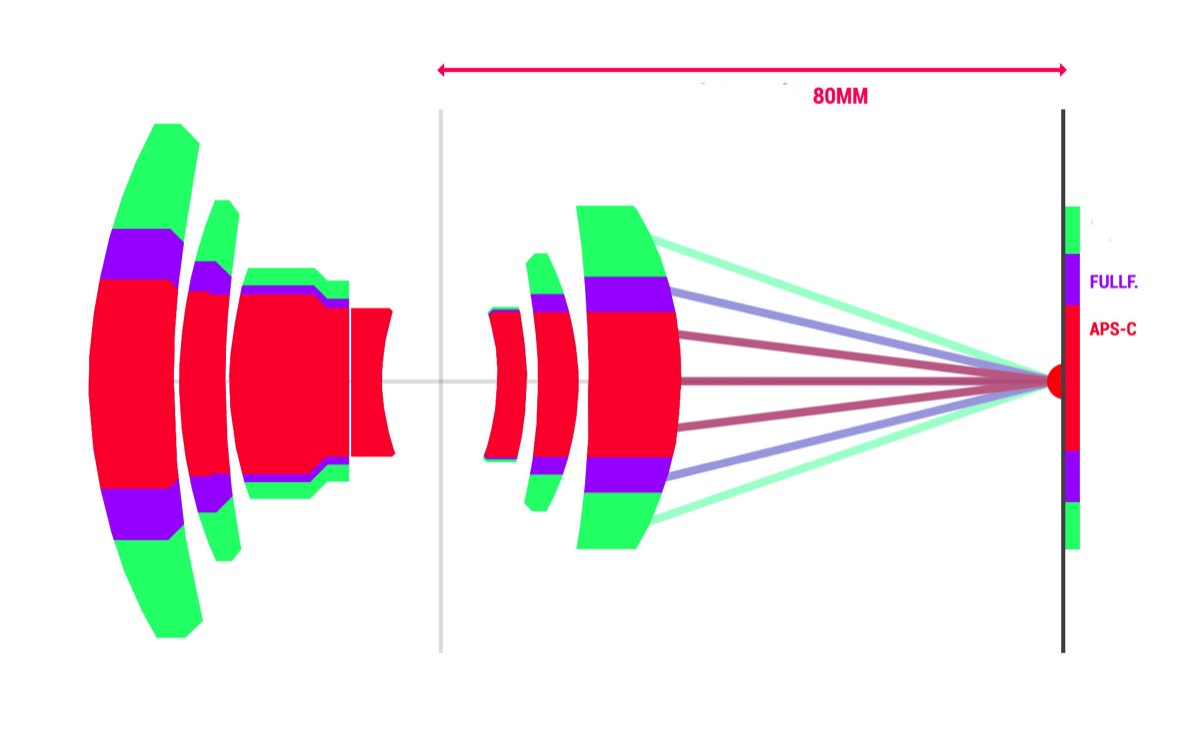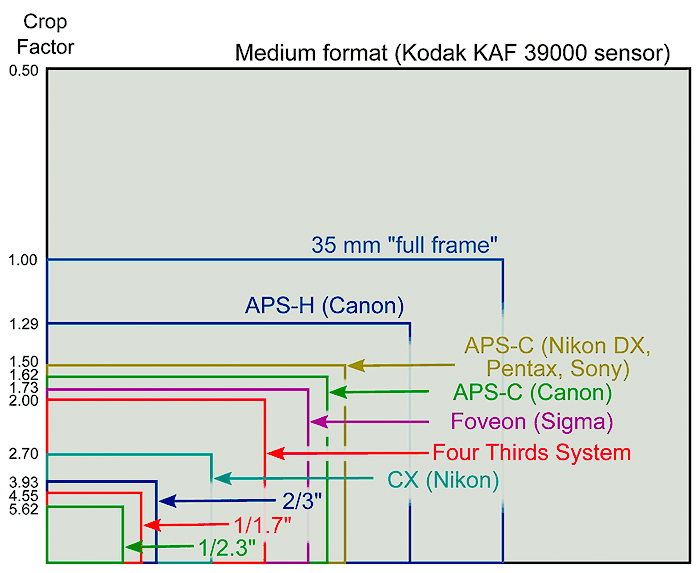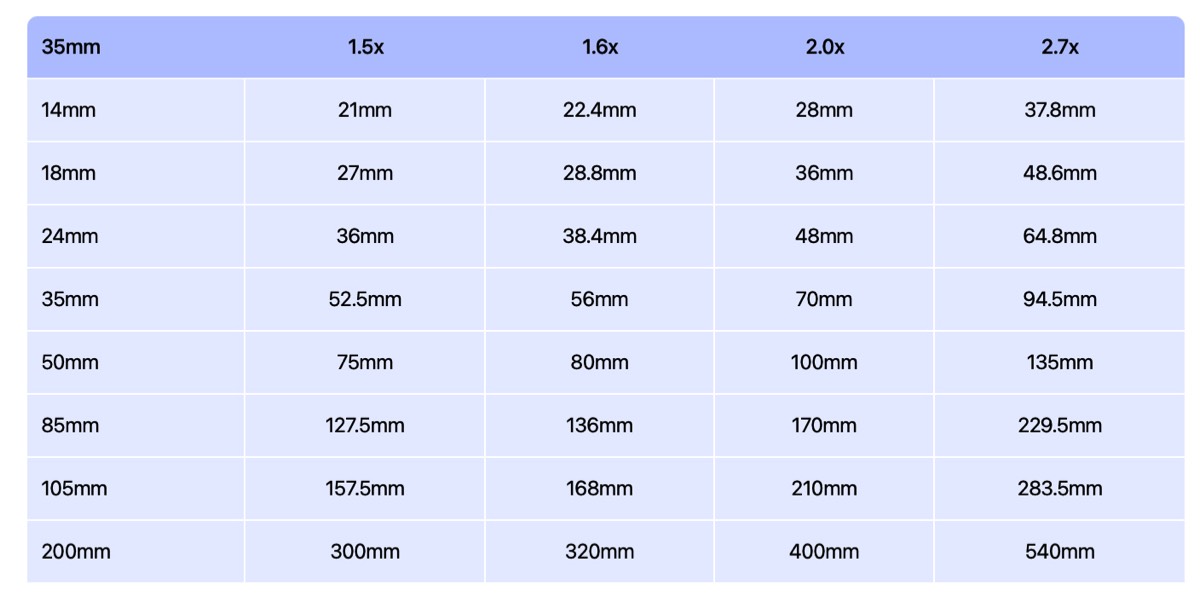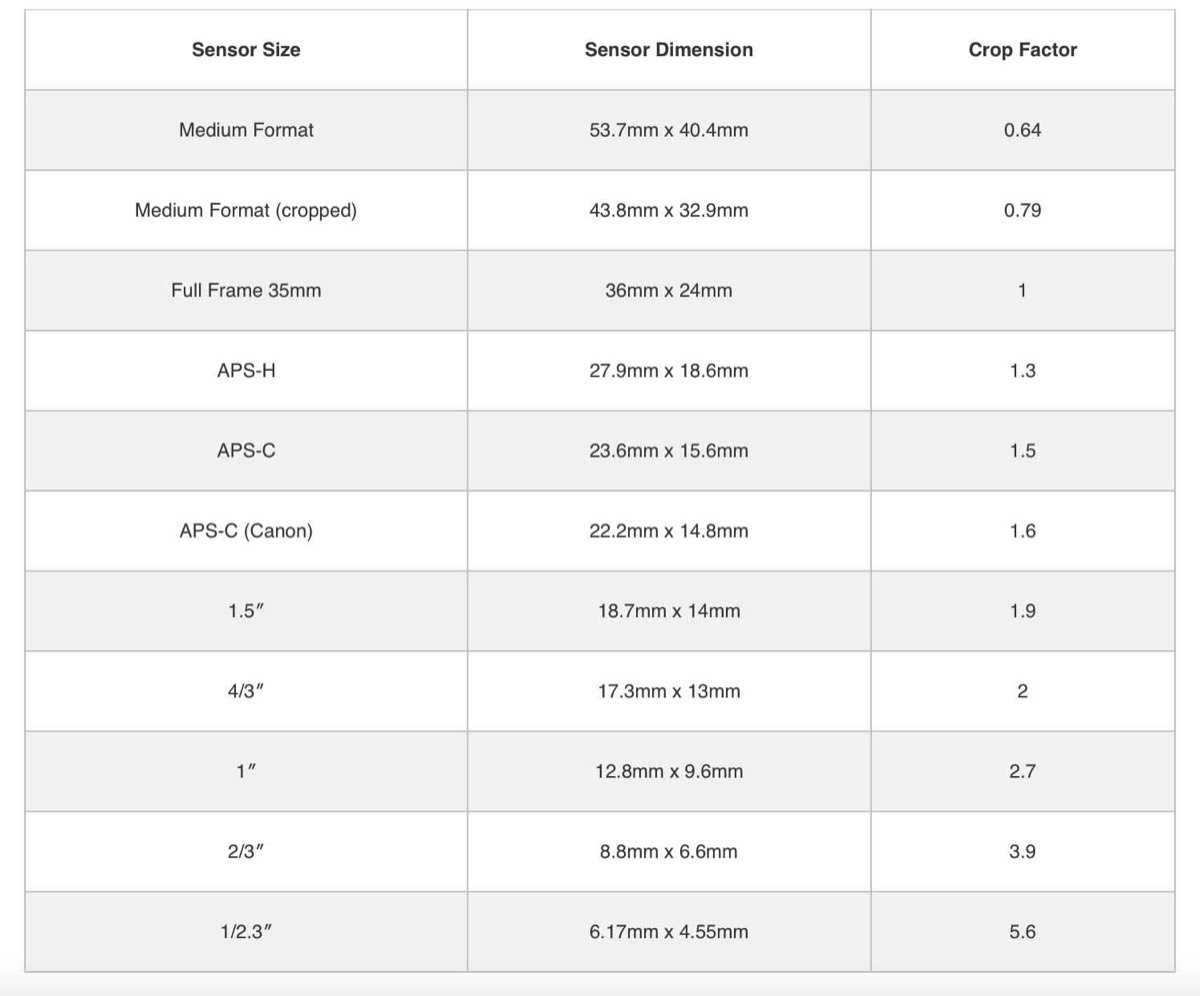Whilst crop factors can get confusing for many photographers. The focal length of a lens is the physical property of a lens and it never changes irrespective of the camera sensor. So when you look at the above table, always keep in mind that the smaller sensor is not magically transforming your lens into a longer lens – it is just cropping a lot of the image.
Sensor Size vs Resolution
It is true that taking scissors and cutting the edges of the frame to yield a photo is similar to what a crop sensor does. However, there is one important factor that we should not forget about – sensor resolution. Since each digital camera sensor is comprised of millions of pixels, using a smaller sensor should translate to fewer pixels but it does not. If the sensor is made with physically smaller pixels, two sensors could potentially have the same resolution (in some cases, a crop sensor could actually have more pixels than a full-frame sensor).
For example, the Nikon D4 has 16 million pixels on its full-frame sensor measuring 36.0 x 23.9mm, while the Nikon D7000 also has 16 million pixels on its 23.6 x 15.6mm sensor. With such a drastic difference in sensor size but having the same number of pixels, the difference between the two is the physical size of each pixel. The Nikon D4s has much bigger pixels measuring 7.3µm, while the D7000 pixels are much smaller at 4.78µm, so those pixels are basically packed closer together. Since smaller pixels translate to more
Smaller sensor sizes do also have some advantages. Nearly all the lenses produced are sharpest at their centres, while quality degrades progressively toward to the edges. This means that a cropped sensor effectively discards the lowest quality portions of the image, which is quite useful when using low quality lenses (as these typically have the worst edge quality) and allows for cheaper lenses to be made for the camera. You will also get an in-focus image every time due to the
DEPTH OF FIELD and there is no need therefore to focus. Of course one does lose the creative effects of these outer edge distortions, out of focus areas and the optical performance of wide angle lenses is rarely as good as longer focal length lenses.
Since a cropped sensor is forced to use a wider angle lens to produce the same angle of view as a larger sensor, this can degrade quality. Smaller sensors also enlarge the centre region of the lens more.
Let us explore this in a little more detail as on this sire we also have large format lenses used on a 35mm sensor. You maybe thinking why not make all lenses large?
If we explore the projected image on the sensor again.

